Oman country profile
- Published
This page is no longer being updated. It was last updated on 7 September 2023
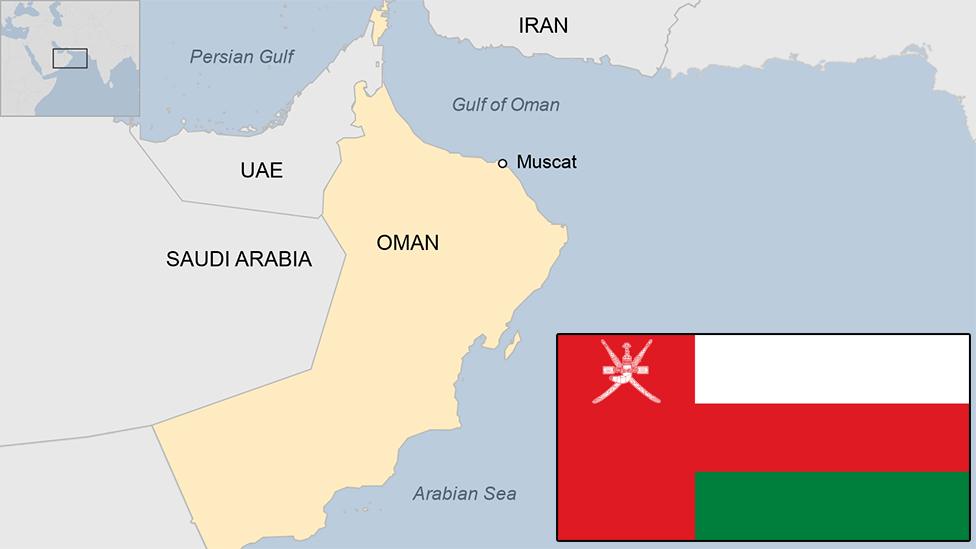
Oman is the oldest independent state in the Arab world. It is strategically placed at the mouth of the Gulf at the south-east corner of the Arabian Peninsula.
From the 17th Century onwards, the Omani Sultanate was an empire and competed with the Portuguese and British empires for influence in the Persian Gulf and Indian Ocean.
In the 19th Century, Oman's extended across the Strait of Hormuz to Iran and Pakistan and down the East African coast to Zanzibar.
After deposing his father in 1970, Sultan Qaboos opened up the country and embarked on a policy of modernisation - abolishing slavery which had once been a key part of its trade.
Oil reserves in Dhofar were discovered in 1964. The main threat to Oman's territorial integrity came with the 1965-75 Dhofar Rebellion, which saw pro-Soviet secessionist forces pitted against government troops. It was finally put down with military support from the UK, Iran, Jordan and Pakistan.
Oman has not been immune from the groundswell of political dissent in the region, however. Sultan Qaboos responded to the rare outbreak of discontent in 2011, following the wave of pro-democracy protests across the Arab world, by promising more jobs and benefits after initially suppressing demonstrations.
However, he also determined that the centre of political power, combining both executive and legislative powers, should remain his personal prerogative, closed off from any debate.
See more country profiles, external - Profiles by BBC Monitoring, external
SULTANATE OF OMAN: FACTS
Capital: Muscat
Area: 309,500 sq km
Population: 4.5 million
Language: Arabic
Life expectancy: 76 years (men) 80 years (women)
LEADERS
Head of state: Haitham bin Tariq Al Said

Haitham bin Tariq Al Said succeeded to the throne on the death of his cousin, Qaboos Bin Said Al Said, in January 2020.
Sultan Haitham was 65 on his accession, and the Oxford-educated veteran government official is expected to continue both his predecessor's neutral path in foreign affairs and his focus on economic and social reform.
As head of Oman's Vision 2040 initiative, Sultan Haitham has been heavily involved in efforts to make the country less reliant on oil and gas exports for revenue - one of the country's main economic challenges.
Policies favouring Omanis in employment for the last 20 years have had limited results, with continuing social inequalities, unemployment and poverty.
MEDIA
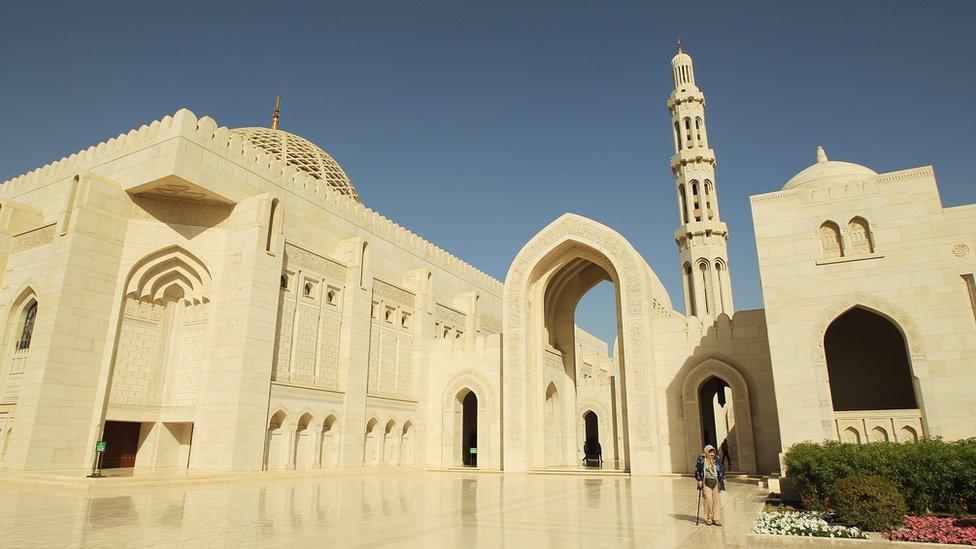
The Sultan Qaboos mosque in Muscat, which was completed in 2000, is the largest mosque in Oman
The government operates the main broadcasters, and press freedom groups say that media censorship is widespread.
The internet is a medium for public debate, but online activists can be targeted by the authorities, says Reporters Without Borders.
TIMELINE
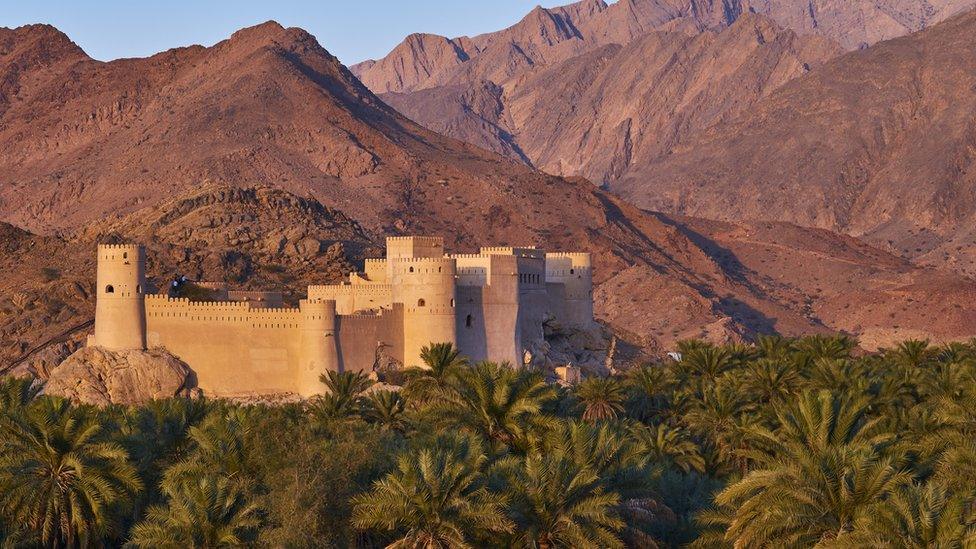
Nakhl fort in northern Oman dates from the 7th Century, but was extensively expanded and developed in the 18th and 19th Centuries
Some key dates in Oman's history:
8th Century - Onset of Arab domination and the introduction of Islam.
1507 - Portuguese sack Muscat and capture the Omani coast; they are driven out in 1650.
1737 - Persians invade and are driven out in 1749, when the Al Bu Said dynasty comes to power, which continues to rule to this day.
1800s-1900s - Omani empire expands to include Zanzibar and Mombasa on Africa's east coast and parts of the Indian subcontinent, reflecting Oman's strong maritime heritage.
1913 - Control of the country splits. The interior is ruled by Ibadite imams and the coastal areas by the sultan.
1920 - Under a British-brokered agreement, the sultan recognises the autonomy of the interior.
1954-59 - Jebel Akhdar War sees fighting between local Omanis in the interior, led by their elected imam, Ghalib al-Hinai, and forces of the sultan, backed by the UK and a consortium of global oil firms - a key factor being the oil reserves in the interior of Oman.
1959 - Helped by the British army and an RAF bombing campaign, Sultan Said bin Taimur regains control of the interior. His rule is characterised by a feudal and isolationist approach.
1964 - Oil reserves are discovered; production begins in 1967.
1965-75 - Dhofar Rebellion in southern Oman, sees leftist forces secessionist forces fighting government troops. The uprising is finally put down with considerable military backing from the UK, as well as Jordan, UAE and Iran.
1970 - The sultan is overthrown by his son in a bloodless coup. Sultan Qaboos bin Said begins a liberalisation and modernisation programme.
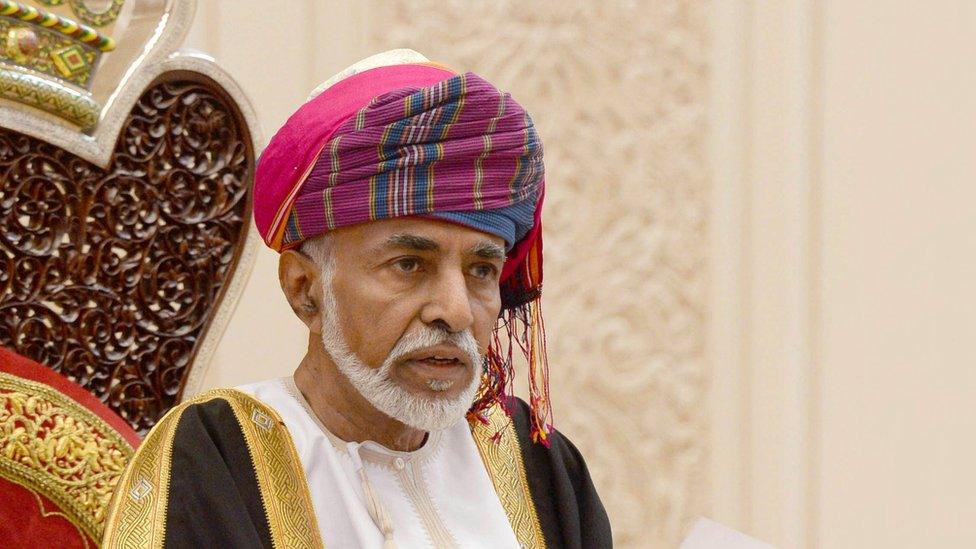
Sultan Qaboos undertook a policy of modernisation and economic reforms, with increased spending on health, education and welfare
1981 - Oman is a founding member of the six-nation Gulf Cooperation Council.
1997 - Sultan Qaboos decrees that women can stand for election to - and vote for - the Consultative Council. Two women are duly elected.
1999 - Oman and neighbouring United Arab Emirates (UAE) sign a border agreement defining most of their disputed common frontier.
2002 - Sultan Qaboos extends voting rights to all citizens over the age of 21.
2007 - Oman's Arabian Oryx sanctuary becomes the first site to be removed from Unesco's World Heritage list after the rare species dwindled and the government cut the park size by 90%.
2011 - Protesters demand jobs and political reform. One demonstrator is shot dead by police. Sultan Qaboos reacts by promising jobs and benefits.
2020 - Sultan Qaboos dies, is succeeded by his cousin Haitham bin Tariq Al Said.
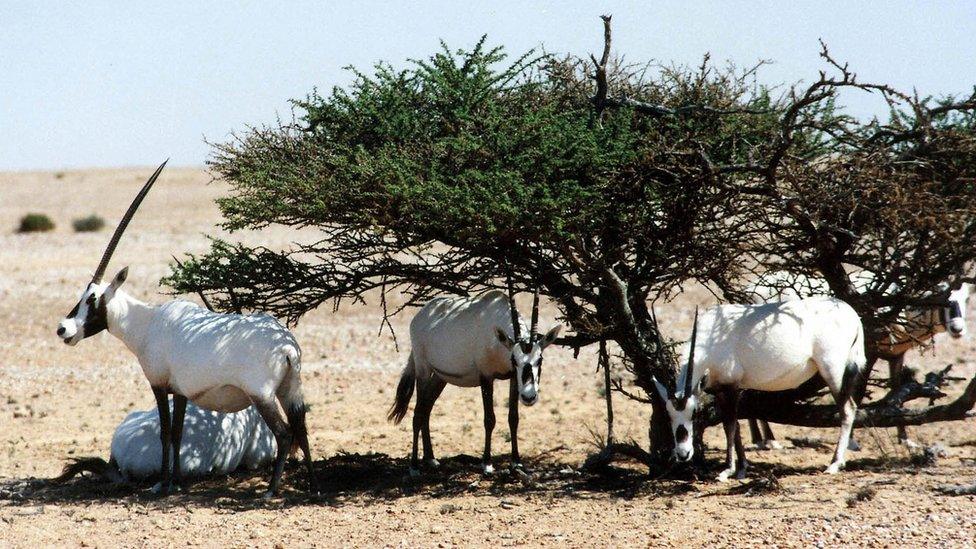
Oryxes were reintroduced to Oman in 1994 and once numbered 450 but the population has shrunk significantly due to loss of habitat and poaching
Related topics
- Published13 February 2024
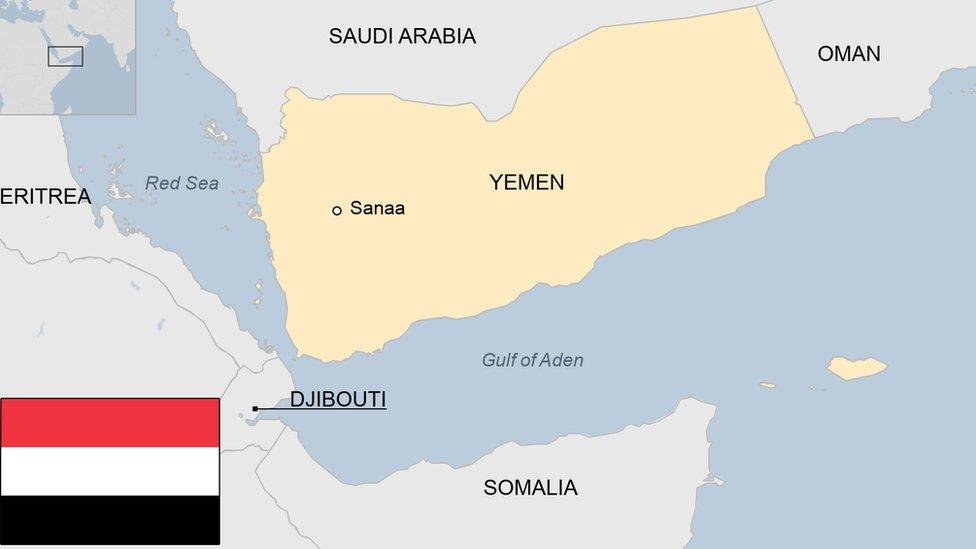
- Published29 August 2023
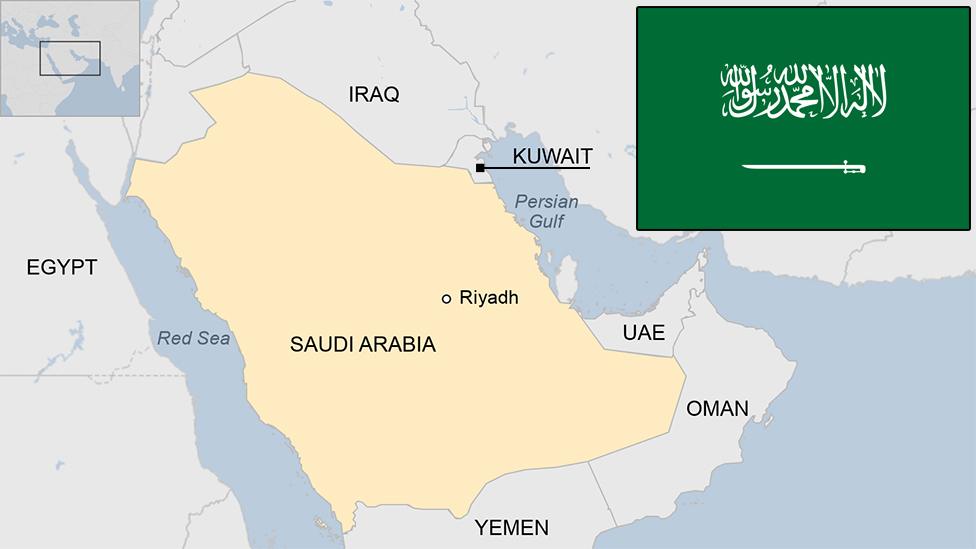
- Published7 September 2023

- Published7 September 2023
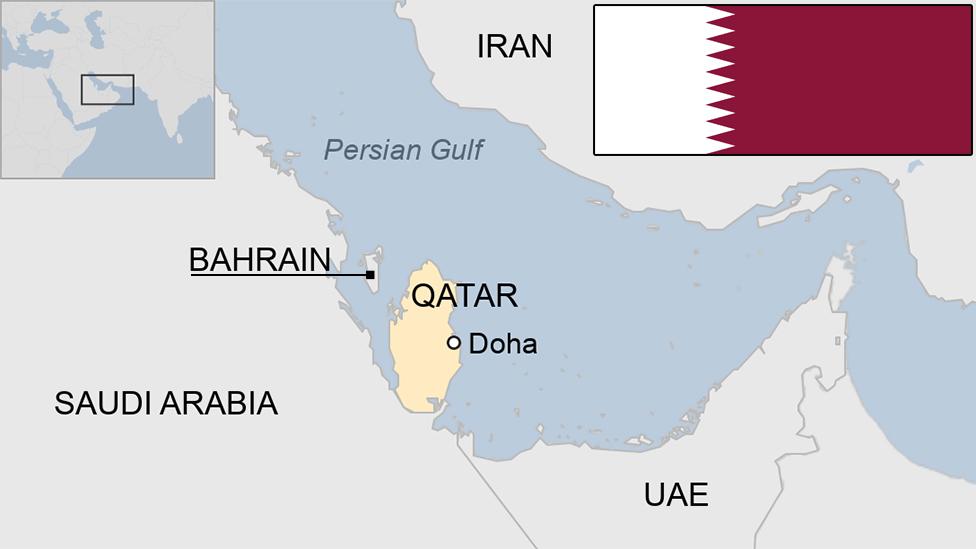
- Published21 August 2023
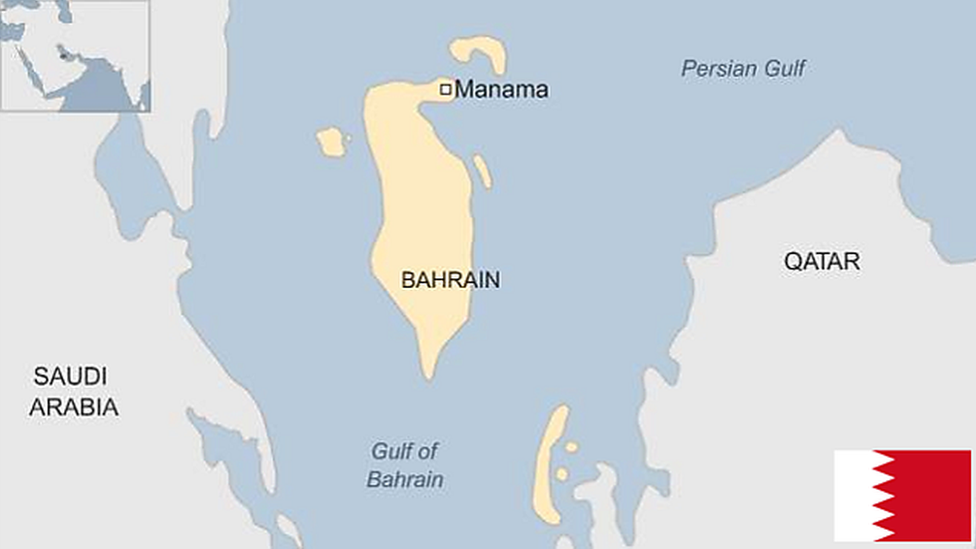
- Published14 October 2024
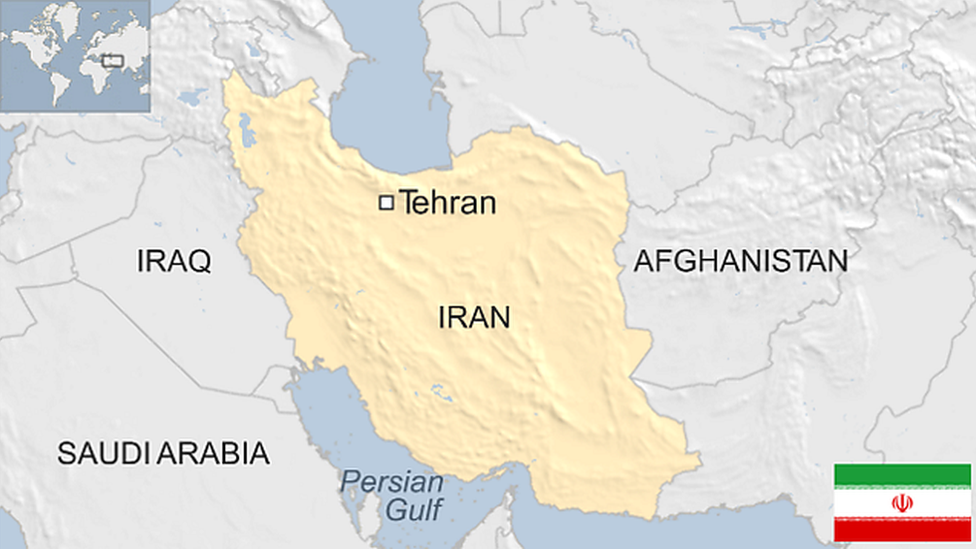
- Published15 March 2024
